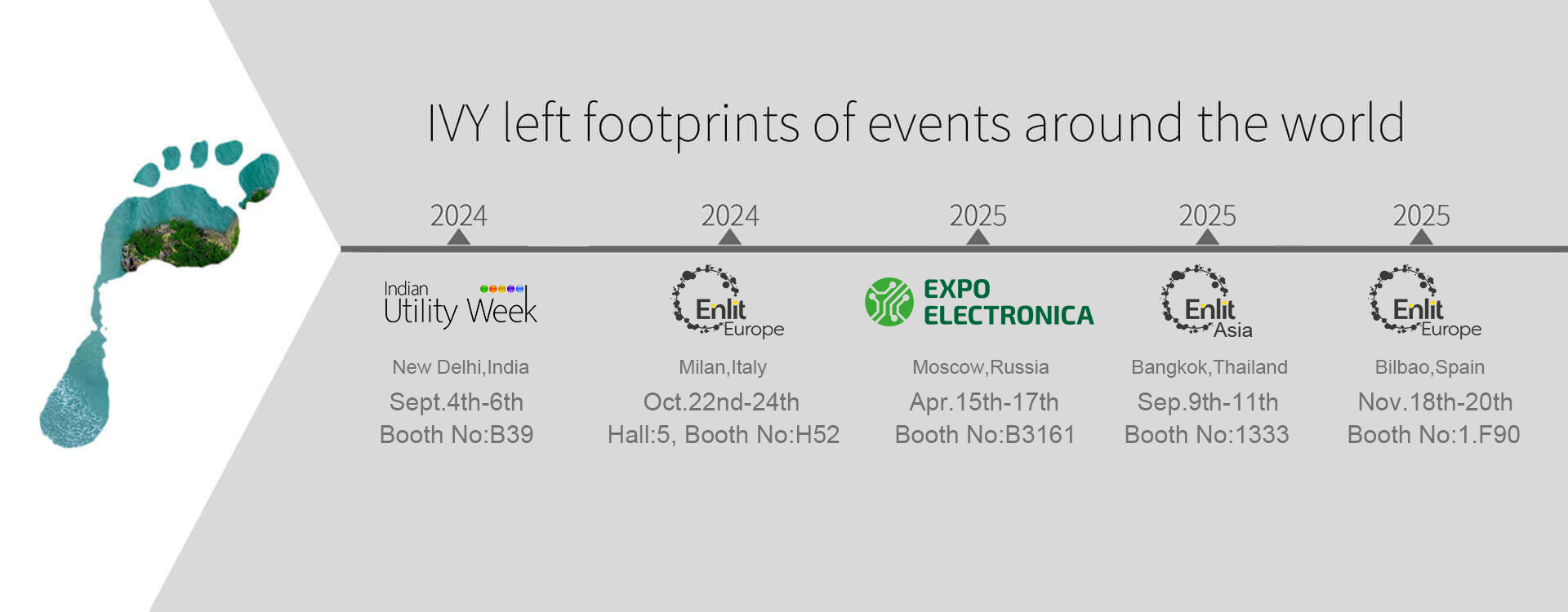Consideration of Relay Selection
Number and type of relay contacts —the relay can be 1 phase relay, 2 poles relay, 3 phase relay etc, the contact status can be NO, NC, transfer type, normally open, normally closed, (double-throw)
Contact current rating — small relays switch a few amperes from 3A to 200A, large contactors are rated for up to 3000 amperes, alternating or direct current, the hottest relay for EV charging pile is 16A 32A 40A 60A type latching relay, the hottest relay for Indian standard smart meter is 60A 90A relay with UC2, for European Din rail meter normally adopts 80A 90A 100A 120A meter relay, for Russian electric meter it’s 100A 120A meter relay.
Coil voltage — machine-tool relays usually 12VDC,24 VDC, 120 or 250 VAC, relays for switchgear may have 125 V or 250 VDC coils.
Contact voltage rating — typical control relays rated 250VAC 300VAC or 600VAC, automotive types to 50 VDC, special high-voltage relays to about 15,000 V.
Mounting — sockets, plug board, rail mount, panel mount, through-panel mount, enclosure for mounting on walls or equipment.
Operating lifetime, useful life — the number of times the relay can be expected to operate reliably. There is both a mechanical life and a contact life. The contact life is affected by the type of load switched. Breaking load current causes undesired arcing between the contacts, eventually leading to contacts that weld shut or contacts that fail due to erosion by the arc.
Package/enclosure — open, touch-safe, double-voltage for isolation between circuits,explosion proof, outdoor, oil and splash resistant, washable for PCB assembly.
Operating environment — minimum and maximum operating temperature and other environmental considerations, such as effects of humidity and salt.
Assembly — Some relays feature a sticker that keeps the enclosure sealed to allow PCB post soldering cleaning, which is removed once assembly is complete.
Size — smaller relays often resist mechanical vibration and shock better than larger relays, because of the lower inertia of the moving parts and the higher natural frequencies of smaller parts. Larger relays often handle higher voltage and current than smaller relays.
Accessories such as timers, auxiliary contacts, pilot lamps, and test buttons.
Regulatory approvals or international standards ,for US market the UL certificate is necessary, for European market the CE certificate is necessary. No matter UL relay or CE relay you can refer to www.ivy-metering.com












